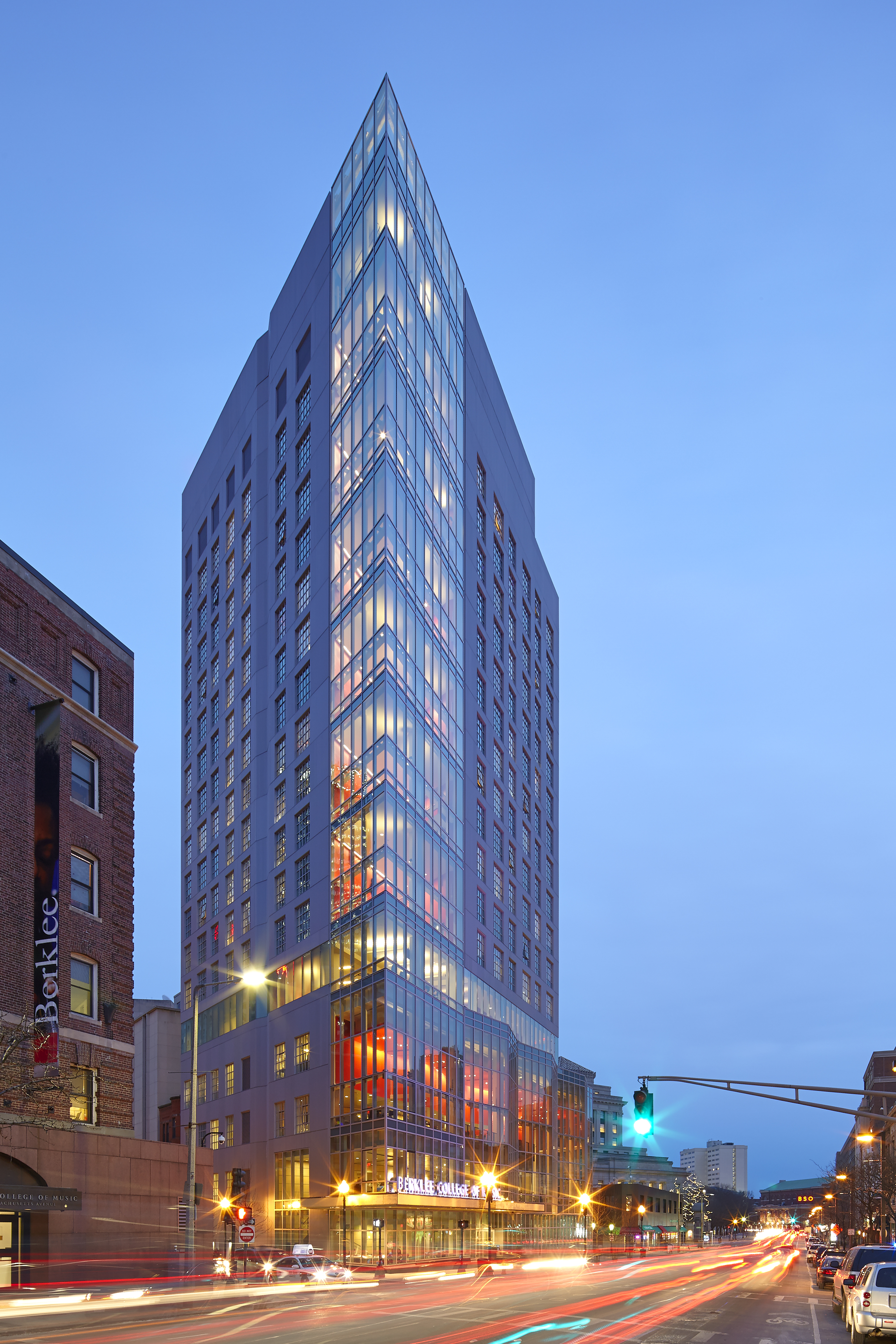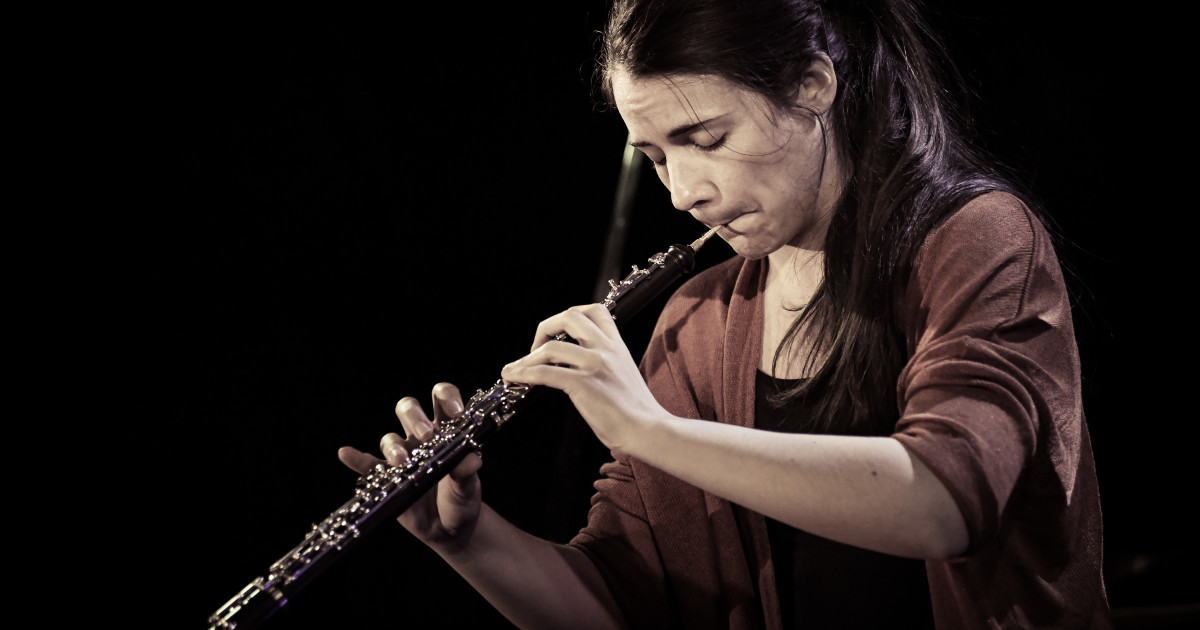
- Berklee college of music notable alumni professional#
- Berklee college of music notable alumni series#
These later releases provided learning experiences not only for student composers and performers, but also for students in newly created majors in music engineering and production, and music business and management.īerklee awarded its first bachelor of music degrees in 1966. The series, which continued until 1980, was a precursor to subsequent Berklee-affiliated recording labels. These albums contain early examples of composing, arranging, and performing by students who went on to prominent jazz careers, such as Gary Burton, John Abercrombie, John Scofield, Ernie Watts, Alan Broadbent, Sadao Watanabe, and many others.
Berklee college of music notable alumni series#
In 1957, Berklee initiated the first of many innovative applications of technology to music education with Jazz in the Classroom, a series of LP recordings of student work, accompanied by scores. Multiple Grammy-winning producer Arif Mardin came from Turkey to study at the school in 1958. For example, Japanese pianist Toshiko Akiyoshi arrived in 1956.

During this period, the school began to attract international students in greater numbers. Although far more emphasis is placed on academic credentials among new faculty hires than in the past, experienced performers such as Gary Burton, Mick Goodrick, Pat Metheny, Arif Mardin, Aydin Esen, Hal Crook, Dave Santoro, Ed Tomassi, Ted Pease, Joe Lovano, and Danilo Perez have served as faculty over the years.Īnother trend in the school's history also began in the mid-1950s.

Like many of Berk's ideas, this practice continues into the present. Reed player John LaPorta began teaching in 1962. Drummer Alan Dawson and saxophonist Charlie Mariano became faculty members in 1957. In 1956, trumpeter Herb Pomeroy joined the faculty and remained until his retirement in 1996. Several of the school's best-known musician-educators arrived after the school's name change. Lawrence Berk placed great emphasis on learning from practitioners, as opposed to academics, and generally hired working musicians as faculty members. In 1954, when the school's curriculum had expanded to include music education classes and more traditional music theory, Berk changed the name to Berklee School of Music, after his 12-year-old son Lee Eliot Berk, to reflect the broader scope of instruction. Initial enrollment was fewer than 50 students, but by 1949 there were more than 500 students. Many students were former World War II service members who attended under the G.I.
Berklee college of music notable alumni professional#
At first, most students were working professional musicians. At the time of its founding almost all music schools focused primarily on classical music, but Schillinger House offered training in jazz and commercial music for radio, theater, television, and dancing. Instrumental lessons and a few classes in traditional theory, harmony, and arranging were also offered. in Boston's Back Bay, the school specialized in the Schillinger System of harmony and composition developed by Joseph Schillinger. In 1945, pianist, composer, arranger and MIT graduate Lawrence Berk founded Schillinger House, the precursor to the Berklee School of Music, after quitting his job at Raytheon.


 0 kommentar(er)
0 kommentar(er)
